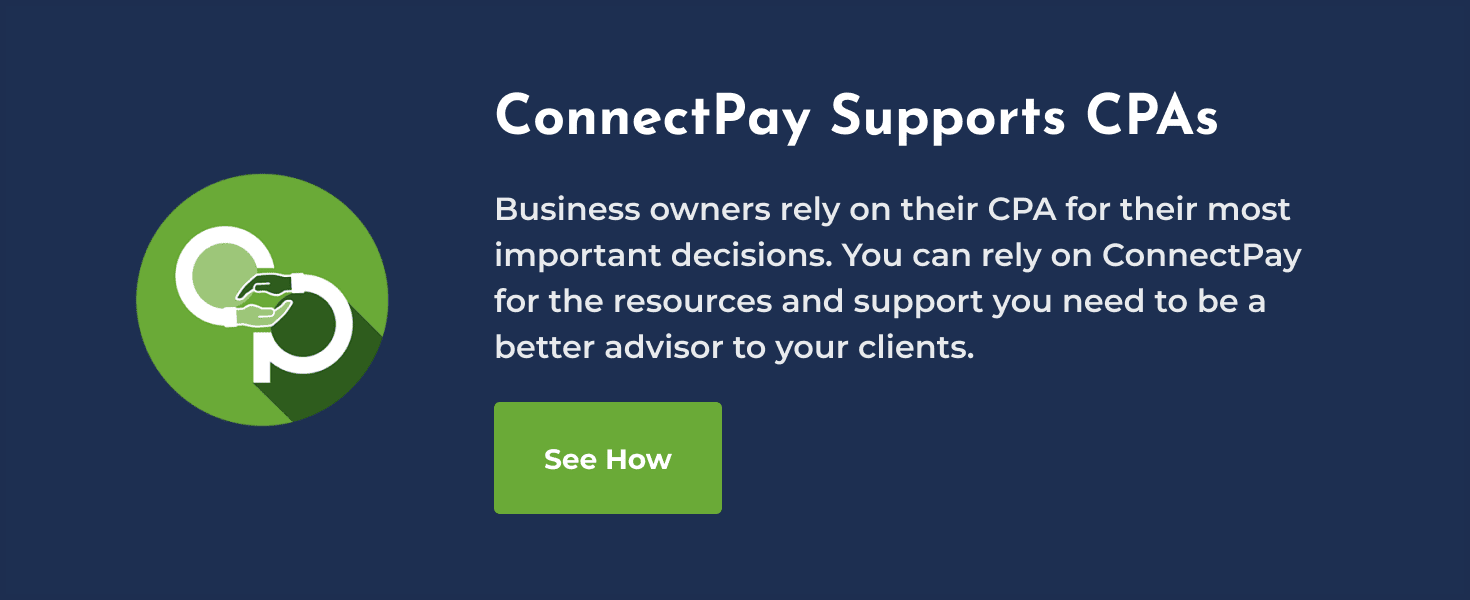IRS Notice 2008-1: Special Rules for Health Insurance Costs of 2-Percent Shareholders
S-corp shareholders who don’t interpret IRS Notice 2008-1 correctly could lose out on tax benefits related to their health insurance premiums. Notice 2008-1 isn’t new, but it’s often misunderstood. Helping clients take advantage of every possible tax savings opportunity is one of the ways CPAs make themselves invaluable, so we want to make sure you understand precisely what this rule says and what it means for your S corp clients.
What does Notice 2008-1 allow?
Before 2008, §162(l) of the Internal Revenue Code allowed self-employed individuals who weren’t eligible for employer-subsidized health insurance to deduct the cost of health insurance premiums for themselves, their spouse, and their dependents.
Notice 2008-1 extended this benefit to 2-percent shareholders of S corps when the S corp pays for the shareholder’s premiums. The S corp can deduct any health insurance and accident insurance premiums that it pays for 2-percent shareholders and their dependents and must report those premiums as wages on each shareholder’s W-2. (These wages aren’t subject to FICA taxes.) Then 2-percent shareholders can deduct those premiums on their personal tax returns, reducing their AGI and subsequently their income tax bill.
Who’s considered a 2-percent shareholder?
The IRS considers a 2-percent shareholder to be any person who owns more than 2 percent of an S corp’s outstanding stock or stock that equals more than 2 percent of the total combined voting power of all the corporation’s stock. A shareholder who meets those criteria during the S corp’s taxable year may qualify to deduct their premiums if certain other conditions are met.
What conditions have to be met for the deduction?
A 2-percent shareholder’s insurance premiums are only deductible if they meet certain criteria.
- The insurance plan must be “established” by the S corp. Establishment in this case refers to who pays for the plan rather than who’s covered by it. Per the IRS, an S corp establishes a plan in one of two ways. It can directly pay the premiums for the shareholder’s plan, or the shareholder can pay their own premiums, submit proof to the S corp, and be reimbursed within the same taxable year.
- A 2-percent shareholder may only take this deduction if they aren’t eligible to participate in a health plan subsidized by their spouse’s employer.
- The shareholder’s earned income from the S corp’s business must be greater than the amount of the premium deduction.
What do clients need to do to take advantage of Notice 2008-1?
CPAs can help their S corp clients benefit from Notice 2008-1, first simply by ensuring they know about this rule and its eligibility criteria. CPAs may also help clients verify that they correctly report deductible premiums. At year-end, the S corp must show how much it paid in deductible premiums for each 2-percent shareholder so these wages can be accurately reported in Box 1 of each shareholder’s W-2. So the S corp can deduct its expenses.
CPAs can also be valuable by helping clients parse any issues around specific shareholders and their eligibility. These are just a few examples of ways Notice 2008-1’s rules might affect specific individuals.
Scenario 1: A single 2-percent shareholder buys their own health insurance policy from the state insurance marketplace. The S corp reimburses them for the full cost of their monthly premium. Assuming other eligibility criteria are met, the shareholder’s premiums are deductible.
Scenario 2: A married 2-percent shareholder and their spouse are covered by a health insurance plan paid for by the shareholder’s S corp. The spouse is eligible for an employer-sponsored plan through their job, but the family gets better coverage through the shareholder’s plan. Because they have the option to be covered by another employer’s plan, the shareholder’s premiums are not deductible.
Scenario 3: A shareholder sells some of their stock midyear and falls below the 2-percent threshold. But they did own more than 2 percent of the corporation’s stock at some point during the tax year, so if they meet other criteria, their premiums are deductible.
Scenario 4: An S corp directly pays the health insurance premium for a plan that covers a 2-percent shareholder and their family. Because of one family member’s high medical costs, the premium is $40,000 one year. The 2-percent shareholder only earns $35,000 through their work for the S corp. Their premiums are not deductible.
Helping Your Clients Navigate IRS Notice 2008-1
CPAs never need to navigate clients’ payroll challenges alone, or waste time digging deep into a confusing payroll tax issue. With ConnectPay, answers to all your payroll questions are just a phone call away.
Whether you want quick clarification about some detail of Notice 2008-1, or you’re stumped by a complicated multi-state payroll tax situation, your Connected Services Rep can quickly get you accurate answers to meet your clients’ needs. Let’s connect today.







